While in Japan, you need to be sure you’re cleaning your ears correctly! This involves the use of a tool known as mimikaki. This earpick used in Japan carries a cultural meaning of intimacy and nostalgia.
In Japan, cleaning someone’s ears is an act of love. People enjoy the relaxing comfort brought forward through mimikaki.
This cultural difference between Japan and western countries doesn’t stop here. The earpick tool is also different. Most people use cotton swabs to clean their ears.
However, Japanese earpicks are curved at the end, making it possible to “scoop” out your ear wax or ‘ear flakes.’
Curious about this Japanese ear-cleaning tool? Here is more information about mimikaki.
No products found.
What is Mimikaki?
As mentioned before, mimikaki is an ear-cleaning tool used in Japan. It has a curved end that makes it easy to clean your ears. Mimikaki can also be referred to as an ear pick, ear spoon, or ear scoop because of its shape.
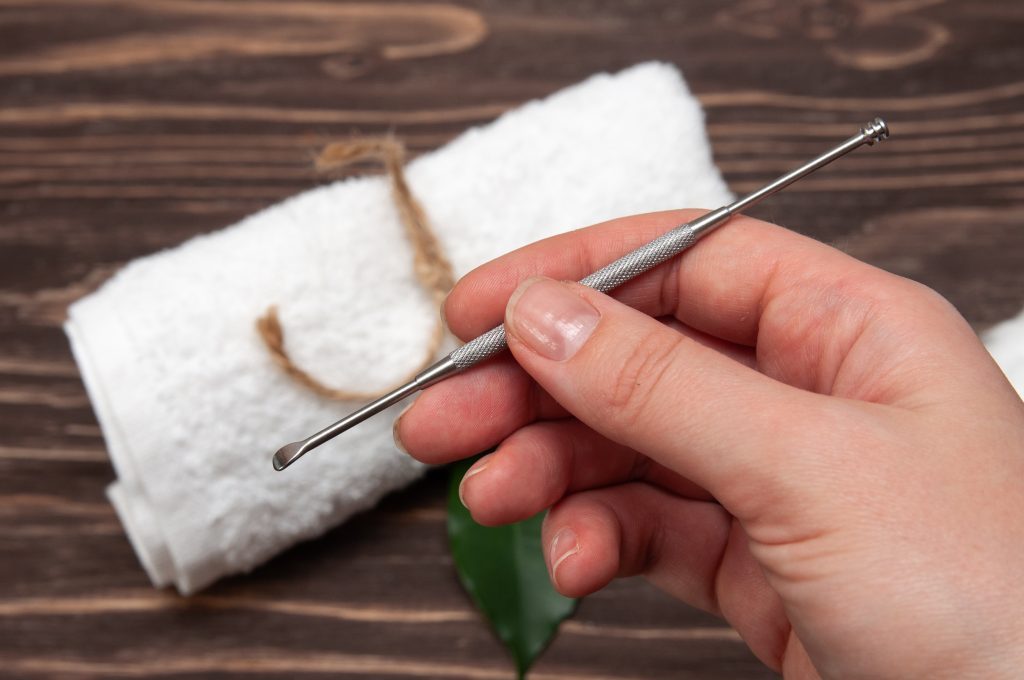
A typical mimikaki is about eight inches of bamboo with a small curved end and a puff of cotton on the other end. This cotton puff also cleans the outer ear and pulls ear wax out.
For a long time, mimikaki has been used by mothers to clean the ears of their children. This nurturing action strengthens the bond between them. Because of the happy memories created back then, some people like to relive the feeling of having their ears cleaned with it.
How Does It Work?
Instead of pushing your ear wax further into your ear with a cotton swab, you can “scoop” it out with mimikaki. Gently and slowly, you can use mimikaki yourself or give it to someone you trust to clean your ears.
However, just like with cotton swabs, you must be very careful because it can be easy to puncture your eardrum. With mimikaki, you want to rake or scoop the outer surfaces of the ear without entering the ear canal.
If your earpick has a cotton tuft on the other end, you can use that to wipe gently on the outside of your ear, picking up the fallen debris.
You mustn’t use it within your ear canal. This serves two purposes. For starters, it makes sure you don’t damage your eardrum. Also, removing all of your earwax can signal your body to produce more earwax than needed.
Earwax is a protective substance that must only be professionally removed if it interferes with your hearing or causes other problems. Other than this, cleaning your ears once every 3-4 weeks is the common standard.
Different Types of Mimikaki
Did you think there was only one type of mimikaki? Think again!
Many types of mimikaki available either have simple features or more high-quality features that make cleaning your ears more worthwhile.
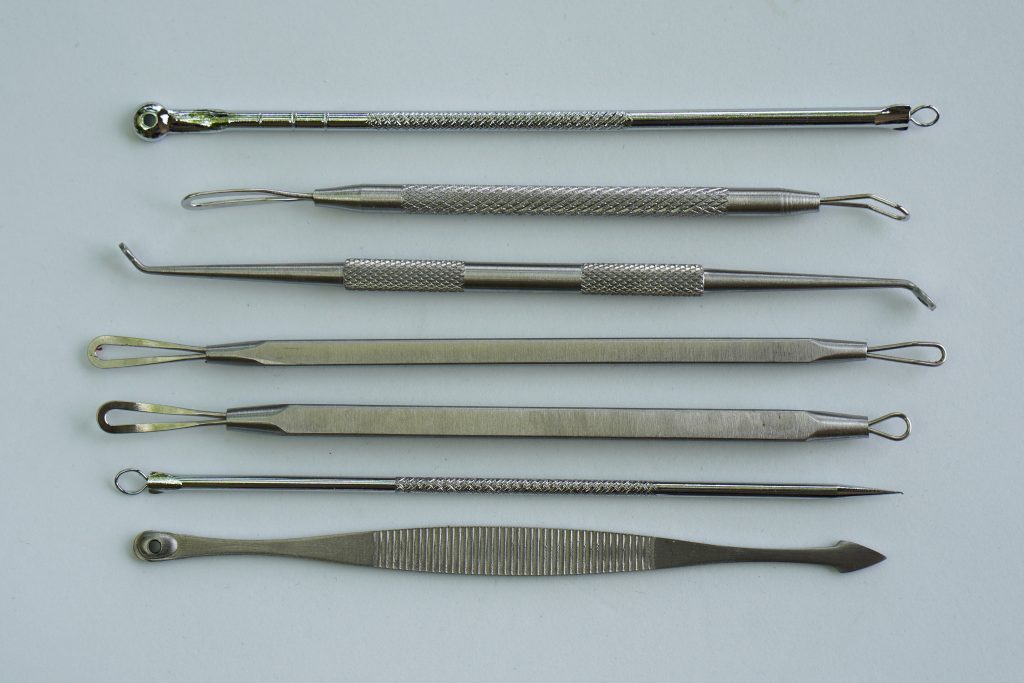
Here are some of the kinds of mimikaki you can buy:
- Bamboo
- Plastic
- Wood
- Metal wire
- Silver
- Gold
Bamboo earpicks are the most common type and have been used in Asia for thousands of years. People shape it into earpicks by smoothing and shaving the bamboo.
However, this material will end up degrading faster due to cracks, so it will need to be replaced frequently to keep cleaning your ears safely.
Plastic mimikaki is similar to bamboo mimikaki. This material is slightly cheaper and more durable than bamboo. Because it is more affordable, it also has a higher chance of hurting your ears.
Metal wire mimikaki have a different shape than the traditional spoon shape. It can be used to both clean and massage your ears. This type has three prongs instead of one. Therefore, you’ll experience more of a “raking” motion when cleaning your ears.
Because the material is metal, people can adjust the prongs to their ear shape, making each experience unique. In addition, metal wire mimikaki have a smaller chance of scratching your ears because of their smooth, rounded edges.
Then you have higher-end tools. There are some made of silver and gold. These materials are more durable and have less of a chance of scratching your ears. Some mimikaki are finished with a tuft of cotton on end.
Other mimikaki have cartoon figures at the end, making them child-friendly. Some mimikaki also have LED lights, making it easier to see inside the ear.
As more earpicks are being made, some companies are also adding safety guards to prevent people from sticking mimikaki too far down their ear canal.
Where to Buy a Mimikaki?
If you’re interested in buying mimikaki, you’ll be pleased to learn you can get them almost anywhere. They’re available online, in department stores, or if you’re in Japan, you’ll find them in every convenience store.
No products found.
Don’t Know Which One to Buy?
If you don’t know which one to try out because there are so many earpicks available, try looking at the reviews of each product to see which one is the best for you. Some reviews may even have recommendations for you.
Searching through online sites and researching the type you want will help you find what you’re looking for.
Experiment with several types if you’re still unsure which earpick to buy. This is often the best way to find an earpick you enjoy.
Try different materials, sizes, and brands. These tools are relatively cheap – the bamboo mimikaki starts at 6 USD or 785.80 Yen.
Mimikaki — Is It Right For You?
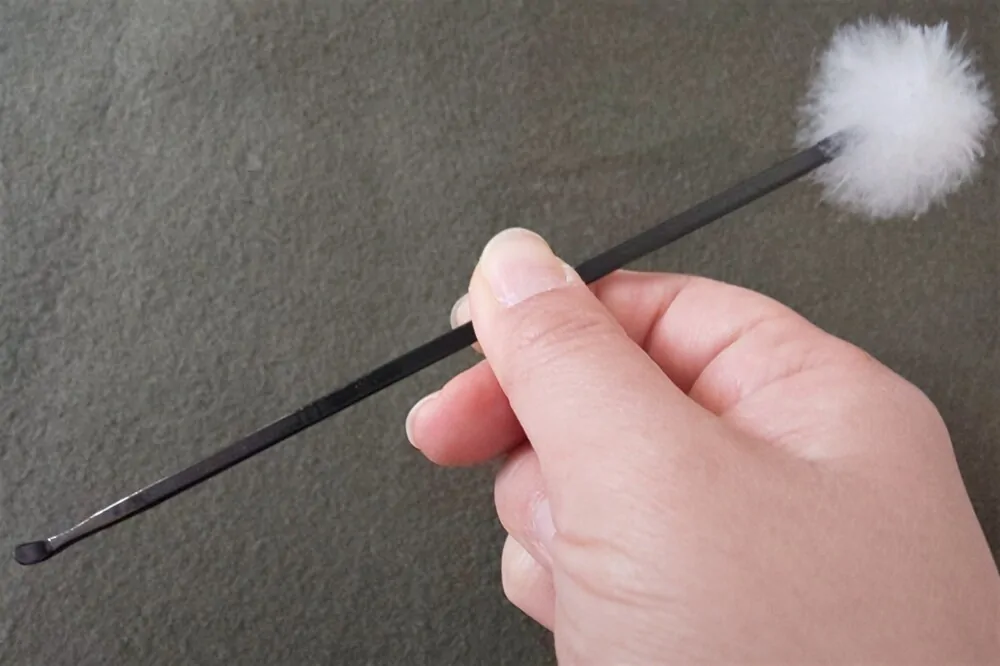
Now that you know more about the earpick of Japan, are you interested in trying it out? Switch out your cotton swabs for mimikaki, and stop pushing your ear wax further down your ear!
Even though it may seem better than cotton swabs because they don’t push wax further down your ear, you must remember to be careful about putting anything in your ear.
All in all, the only way to learn if mimikaki is for you is to try it!
Frequently Asked Questions about Mimikaki:
Mimikaki is a Japanese instrument primarily used for earwax removal. A typical mimikaki (the one you can find at any Japanese convenience store) – is generally about 8 inches of bamboo with a sharp point, curved upward for scraping.
Although cotton swab is the norm in Western culture and most parts of East Asia, they can be used as a long stick with one tip flattened into a little spoon called mimikaki in Japan to remove human ear wax.
The ear pick is crafted out of wood, metal, or plastic, with the scoop on its side gently scraping out the excess wax and massaging it, then touching his shoulders with a soft touch. There are ear-cleaning parlors in Japan, so you can get your ear cleaned by a kimono-clad young woman.

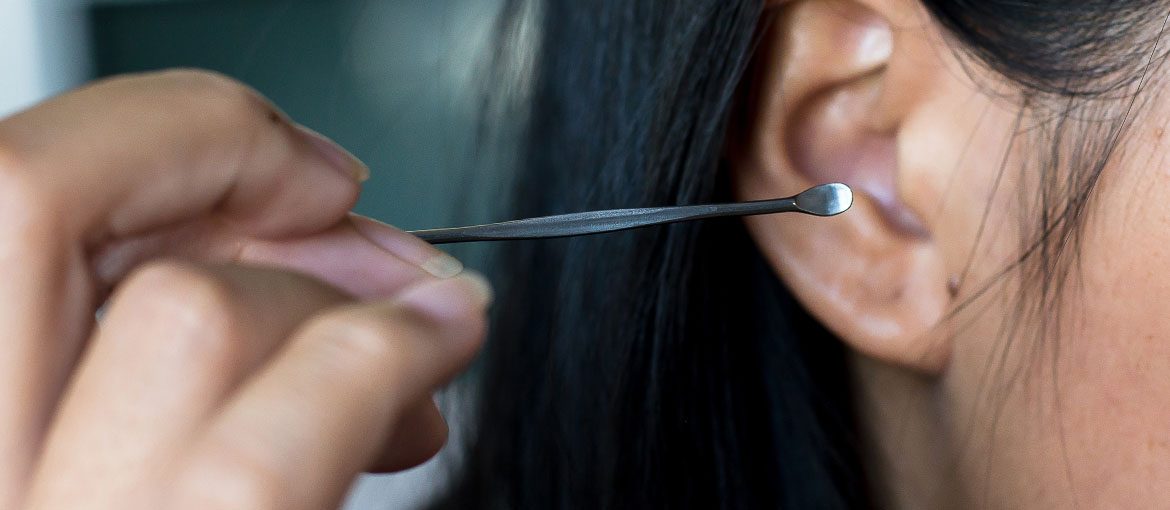

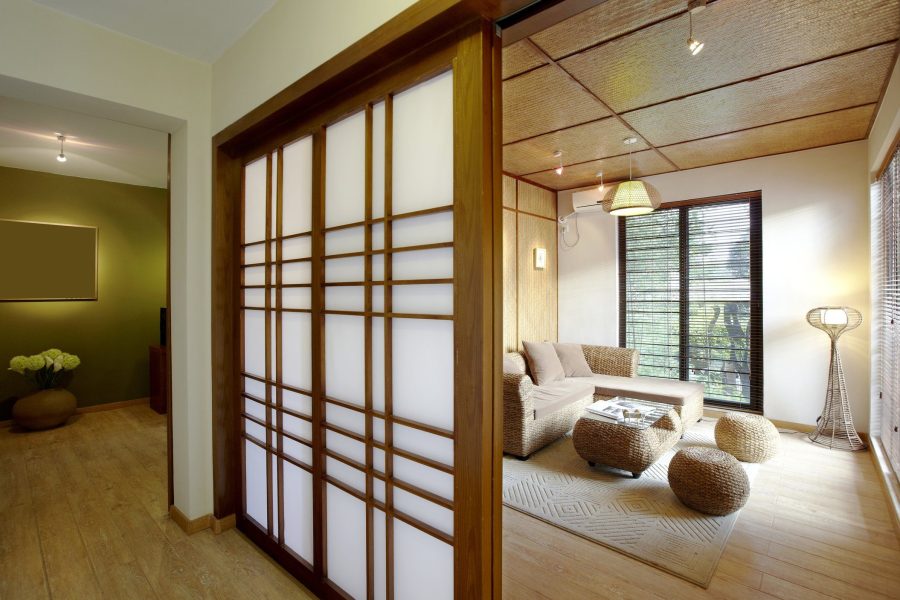

Leave a Comment